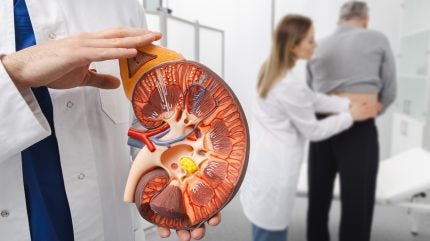Human blood plays a crucial role not only in transfusions, but also as a component of specific medicines. Plasma derivatives, obtained from human blood, support the treatment of various diseases—from hemophilia and antigen defects to Covid-19. The market for these products is growing steadily, driven by advances in medical technology and an increasing prevalence of blood coagulation disorders and immune diseases. As the demand for plasma derivatives rises, manufacturers face the challenge of ensuring precision throughout the complex processing value chain.
Before plasma can be transformed into safe and effective medicines, it must undergo several stages of processing, starting with the thawing of donated raw plasma. This is followed by fractionation, purification, and formulation, all of which require meticulous attention to detail. Given the limited availability of human plasma, any loss during production is costly and represents a missed therapeutic opportunity. Therefore, manufacturers must implement flexible processes that not only maximize yield but also ensure the delivery of high-quality products.
Technological advancements in fractionation and filling systems are critical in meeting the growing demand for plasma derivatives. Modern filling technologies allow for precise dosing, while aseptic conditions are maintained to ensure product safety. As the industry evolves, collaboration between pharmaceutical companies and equipment manufacturers will be essential to optimize processes and enhance the efficiency of plasma derivative production, ultimately ensuring that patients benefit from every drop.
Start your 7-day trial and see what the database can do →



